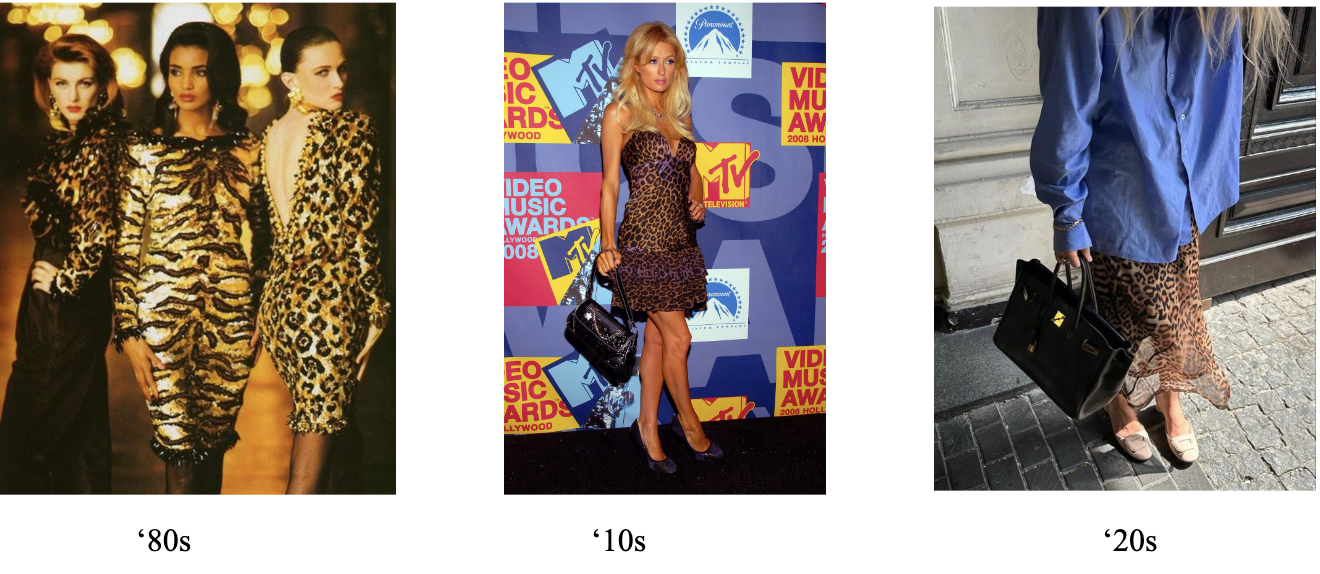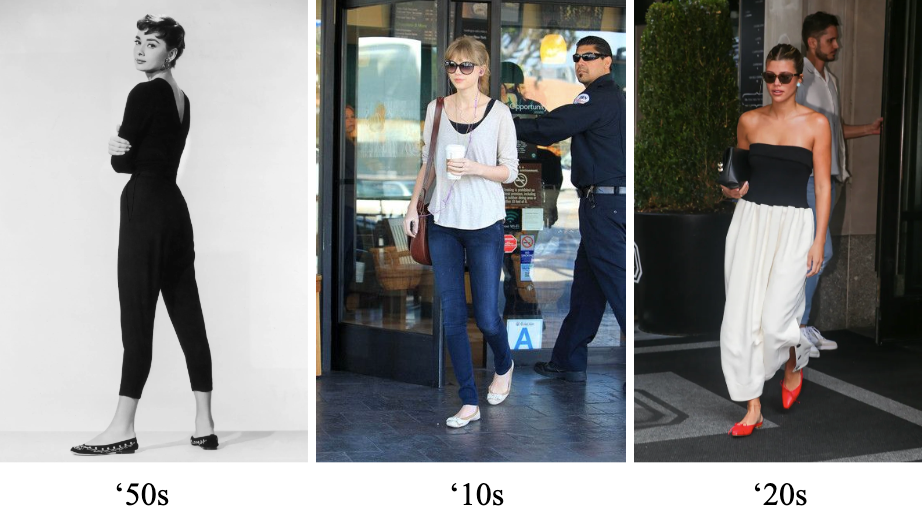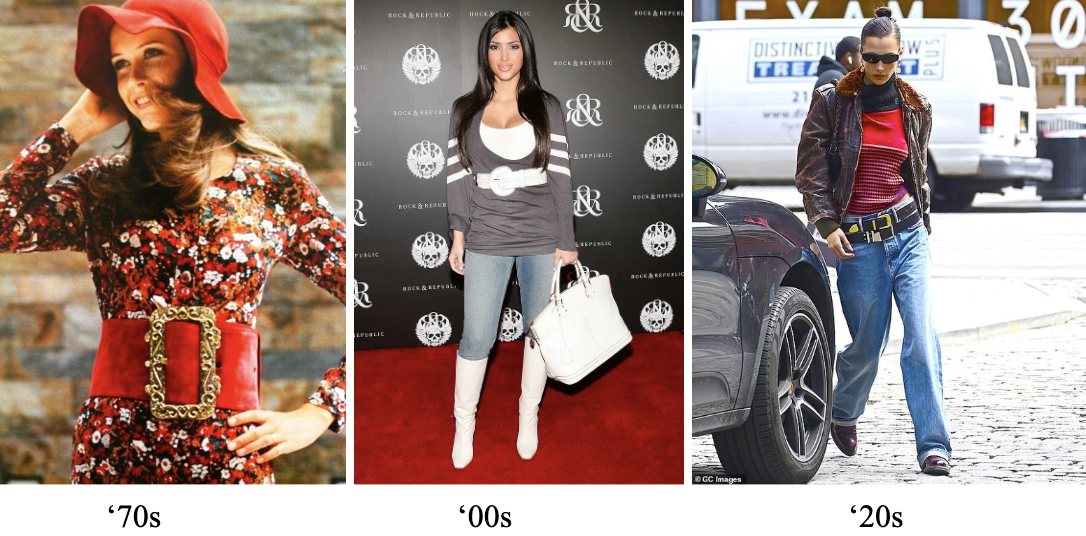Frederick Jameson: The Evolution of Art and Fashion
Written by Lenah Helmke
Early one morning, I sat down to read “The Culture Turn” by Fredrick Jameson for my contemporary art lecture. Jameson, an American philosopher and art critic, is known for his analysis of postmodern pastiche and consumer society. His words began to float off the page and my mind zoned in and out as I sipped my morning coffee and sank deeper into the brown leather couch. I was appreciating this faint moment of peace within a semester of chaos. But as my mind focused back on Jameson’s critique of postmodern art, I began to grasp the weight of his argument and question the truth behind originalism.
“This is yet another sense in which the writers and artists of the present day will no longer be able to invent new styles and worlds,” Jameson wrote. “They’ve already been invented; only a limited number of combinations are possible; the unique ones have been thought of already.”
In a world of Jeff Koons, Marcel Duchamp and Andy Warhol, we are forced to question the source of inspiration and the authenticity and value of kitsch art. However, this generational shift is also prevalent within fashion and our consumer society.
So I wonder, are seasons, trends and designs within fashion stuck in a never-ending cycle? Let's take a look at circulating trends and how they have evolved (or stayed the same) over past decades.
Leopard Print
Ballet Flats
Biker Shorts
Parachute Pants
Statement Belts
Looking back on many iconic looks, the change is distinguishable. Therefore, I ultimately disagree with Jameson. The beauty of drawing inspiration from various people, nature and technology pushes the fashion industry to stay modern and ever-changing. New combinations and inventions come out every season, breaking past fashion norms. The general trends of each generation come back into play throughout time but are reinvented alongside the current fashion climate. Leopard print, ballet flats, biker shorts, parachute pants and statement belts are just a few examples of style evolution and highlight creativity within different time periods.
As I ran upstairs to get dressed for the day, I searched throughout my closet to cultivate the perfect snowy day outfit. I grabbed my wide jeans, an oversized sweater, uggs and my mothers trench coat from the ‘90s. A combination inspired by various time periods is now pieced together to be relevant and cohesive in our current fashion climate.
Ultimately, we can use Jameson’s critique as leverage to not be confined to current societal trends and to question our consumer habits. In doing so, repurposing and buying sustainable, long lasting clothing can only be beneficial to the future of our individual habits and the fashion industry.
Edited by Melanie Gubernik and Lauren Veum.





